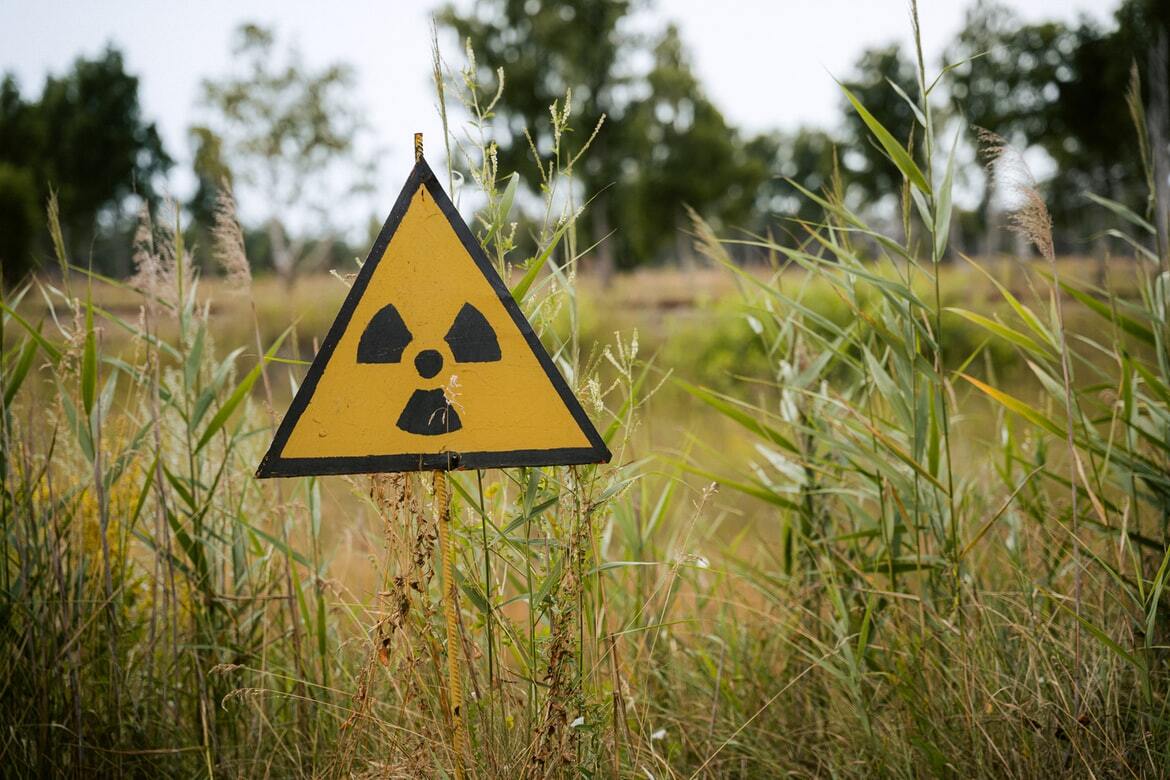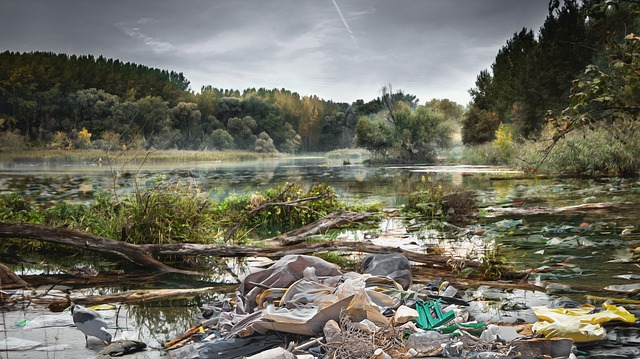Source (no endorsement)
By Matthew Taylor, Associate Researcher & Writer for Save The Water™ | November 30, 2021
When you think of contaminants in water, things like arsenic, lead, or E. coli probably come to mind. Yet, did you know that radioactive contaminants such as uranium and radium are also commonly found in water? In many cases, water that you drink every day has radioactive materials in trace amounts, or low levels, that are harmless. However, higher levels of radioactive contaminants in water can be harmful or even fatal.
What are radioactive materials?
Radioactive materials emit ionizing radiation. This is a kind of energy that removes electrons from atoms found in the air and in water. It can also break down molecules in the human body. Low levels of ionizing radiation come from natural sources, including space and the Earth itself. At higher exposure levels, however, it can be detrimental. Furthermore, people can get exposed to unnatural sources of radiation in several ways. This includes certain building materials, diagnostic medical exams, and contaminated water due to leaching.
Why are radioactive materials problematic?
Radioactive materials are harmful to living organisms and the environment.
In people, the radiation emitted by these materials can cause severe health problems. One of the most significant consequences is an increased risk of cancer. Other potential health problems include toxic kidney effects, blood diseases, tuberculosis, cardiovascular problems, and respiratory disease.
Moreover, radiation can stunt plant growth, mutate animals, and make soil infertile. For example, animals that drink from bodies of water containing radioactive materials can become sick. As contaminated water leaches into the soil, it can make it hard for plants to grow. Radiation can also spread through groundwater supplies, further toxifying the surrounding environment.
How can you remove radioactive materials from water?
Radioactive materials can be difficult to remove from water. For example, you cannot simply boil water to remove radioactive materials from the water. Nor can you remove them with many convenient home water filters like the kind that might be on a pitcher in your fridge. Some can, but finding the right one requires an informed purchase from the consumer. Luckily, it isn’t impossible to remove dangerous radioactive materials from the water you use and drink. There are a few commercially available technologies available for this purpose.
Reverse osmosis
Reverse osmosis is one of the most effective ways to remove radioactive materials from water. Pressure forces water through a membrane with very tiny pores. These pores allow water molecules through. These pores are so small that many molecules and even larger atoms cannot get across. As a result, the membrane catches radioactive particles. Reverse osmosis membranes can remove up to 99% of radioactive elements such as uranium and radium from water. This makes reverse osmosis highly effective for the treatment of radioactive water.
Ion exchange
Ion exchange is another effective method of removing radioactive materials from water. Water passes through a resin that contains exchangeable ions. These stronger bonding ions are exchanged with the weaker radioactive materials in the water. Thus, the radioactive materials stay in the resin. Radium, which is a cation (a positively charged ion), is exchanged for other cations like potassium or sodium. Uranium, which is an anion (a negatively charged ion) is exchanged for other anions like chloride.
Carbon filtration
Carbon filtration is also effective at removing radioactive materials from water. Water passes through a filter made of activated carbon. In doing so, the carbon absorbs and fixes radioactive contaminants in the water. Active carbon is inexpensive. The cost makes this method of radioactive water treatment readily available. Eventually, the activated carbon must be replaced once its load capacity is reached. At this stage, it loses its ability to absorb contaminants.
Any one of these technologies is effective at removing radioactive contaminants from water. You can never remove 100% of radioactive contaminants from water. You can, however, remove more of them if you combine the use of these technologies. For example, you could pass water through a carbon filter. You could then follow it with a reverse osmosis membrane. Doing so would be more effective than using either of these technologies on their own.
Bottom line
Radioactive contaminants in water are a serious problem for people, animals, and the environment. They can make people sick, make the soil inhospitable to plants, and cause mutations in animals. Radioactive contaminants can be difficult to remove from water. There are a few commercially available treatment options available that are effective, including reverse osmosis, ion exchange, and carbon filtration. Combining multiple treatment technologies is more effective at removing radioactive contaminants from water than using one technology by itself.
If you want to learn more about contaminant removal from water, be sure to check out the Save the WaterTM website!




